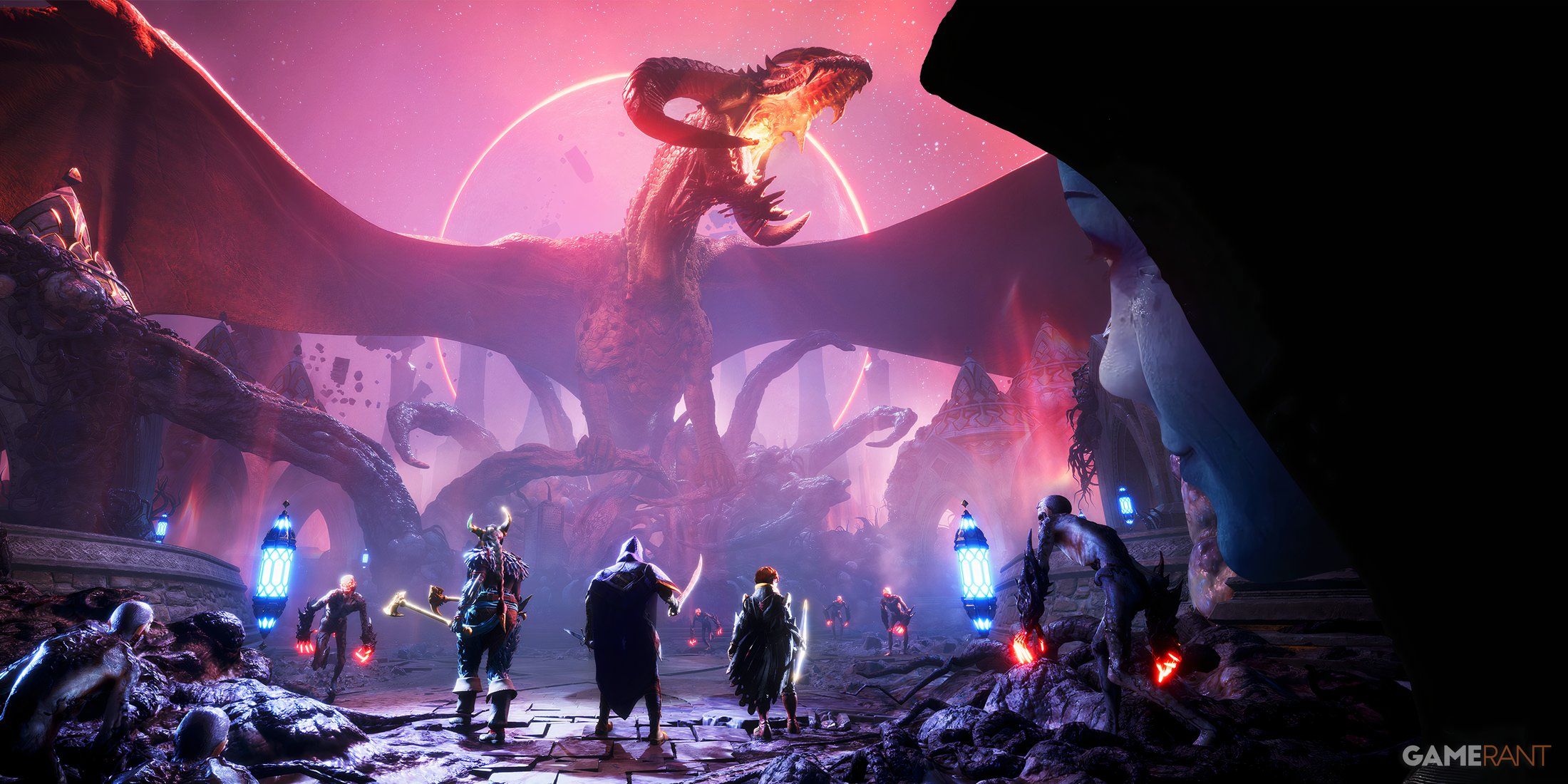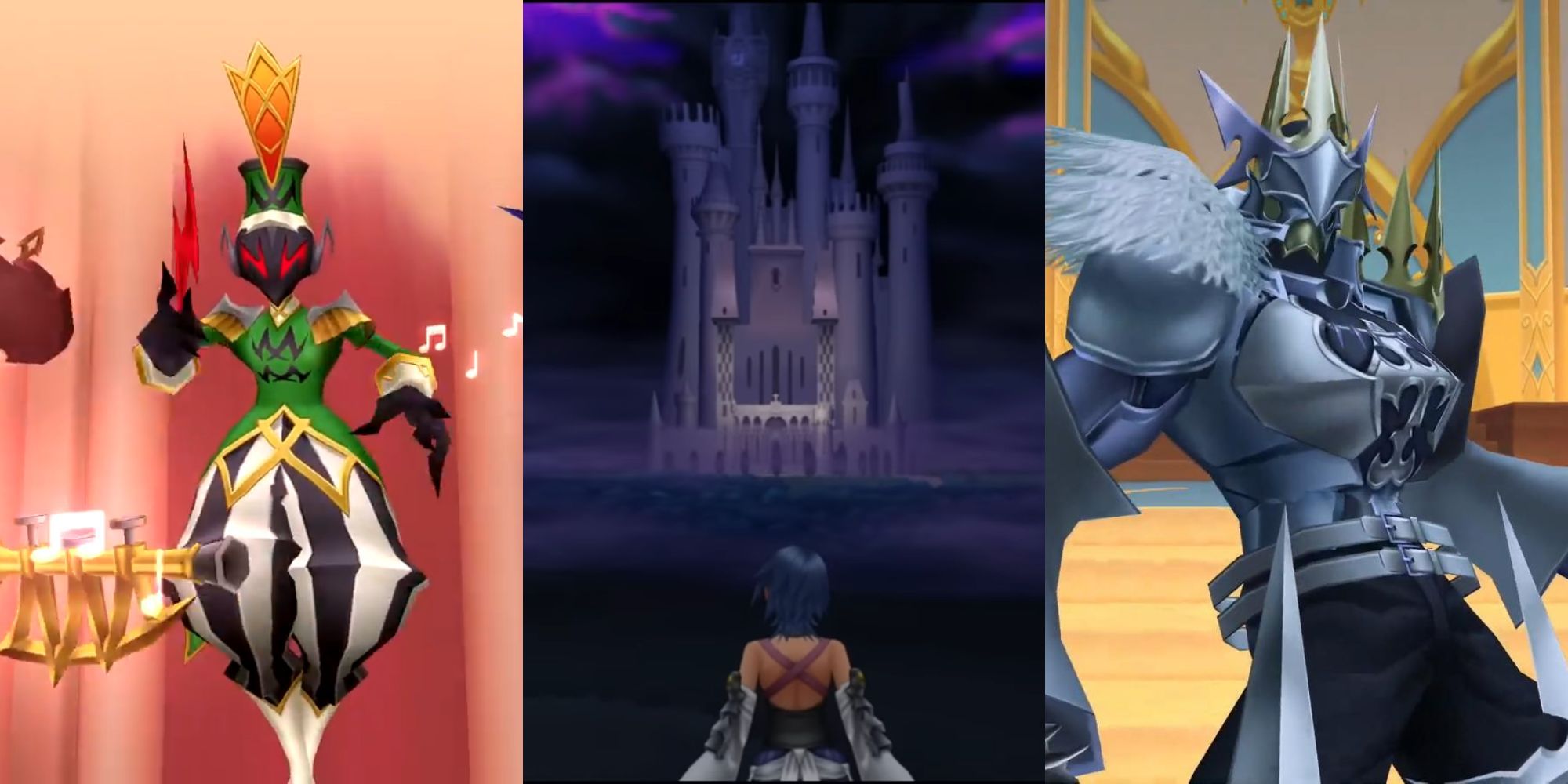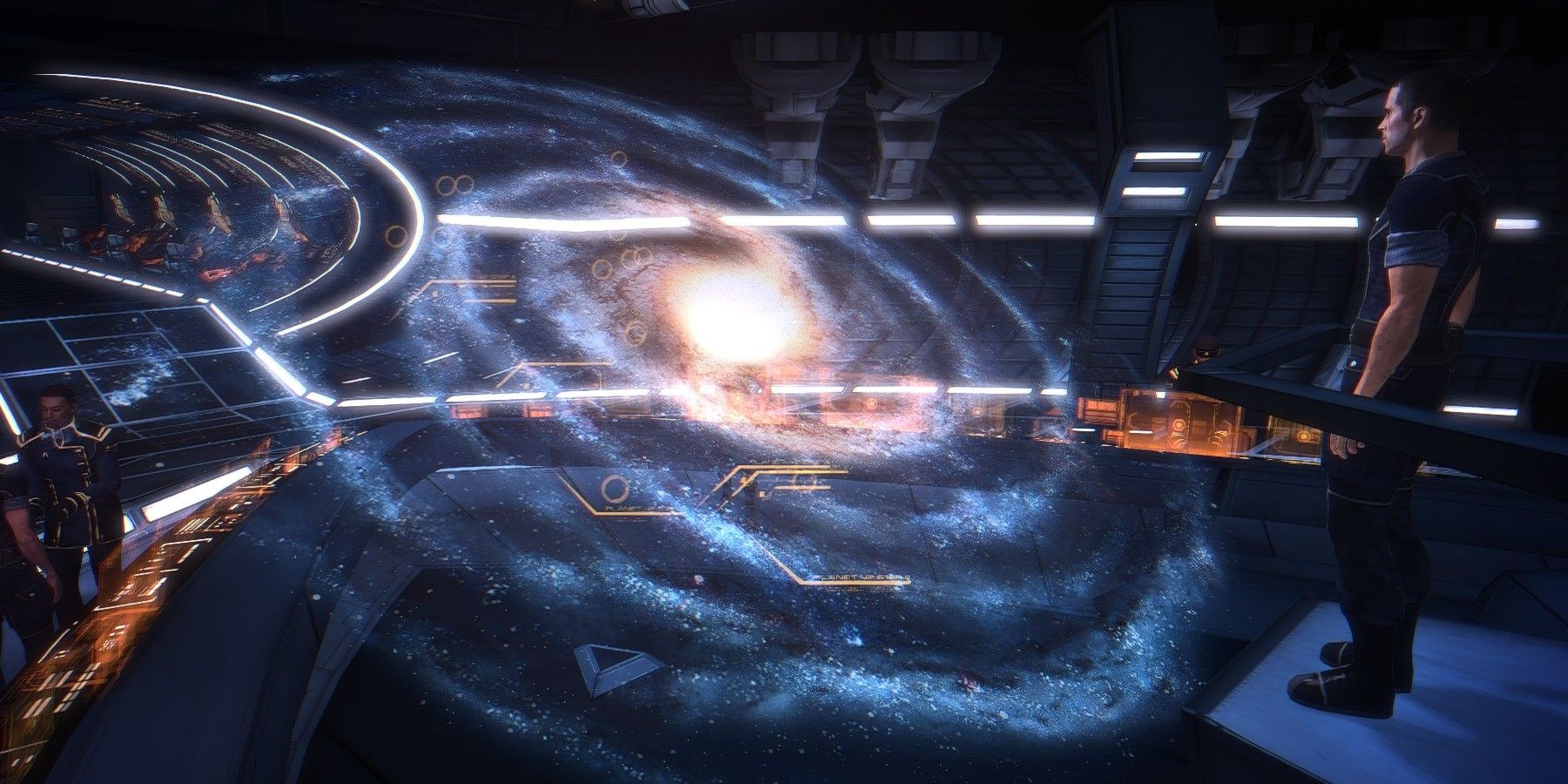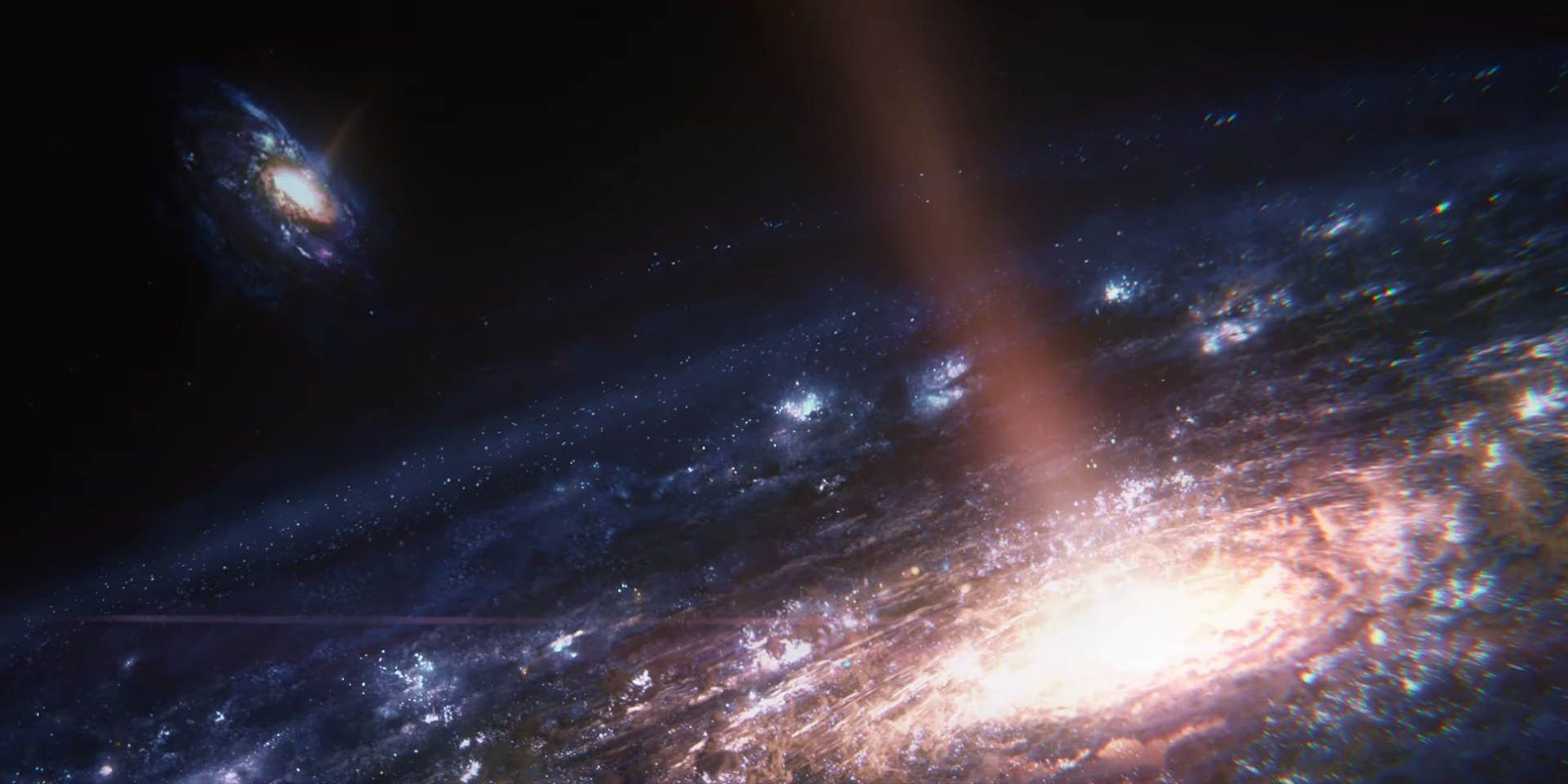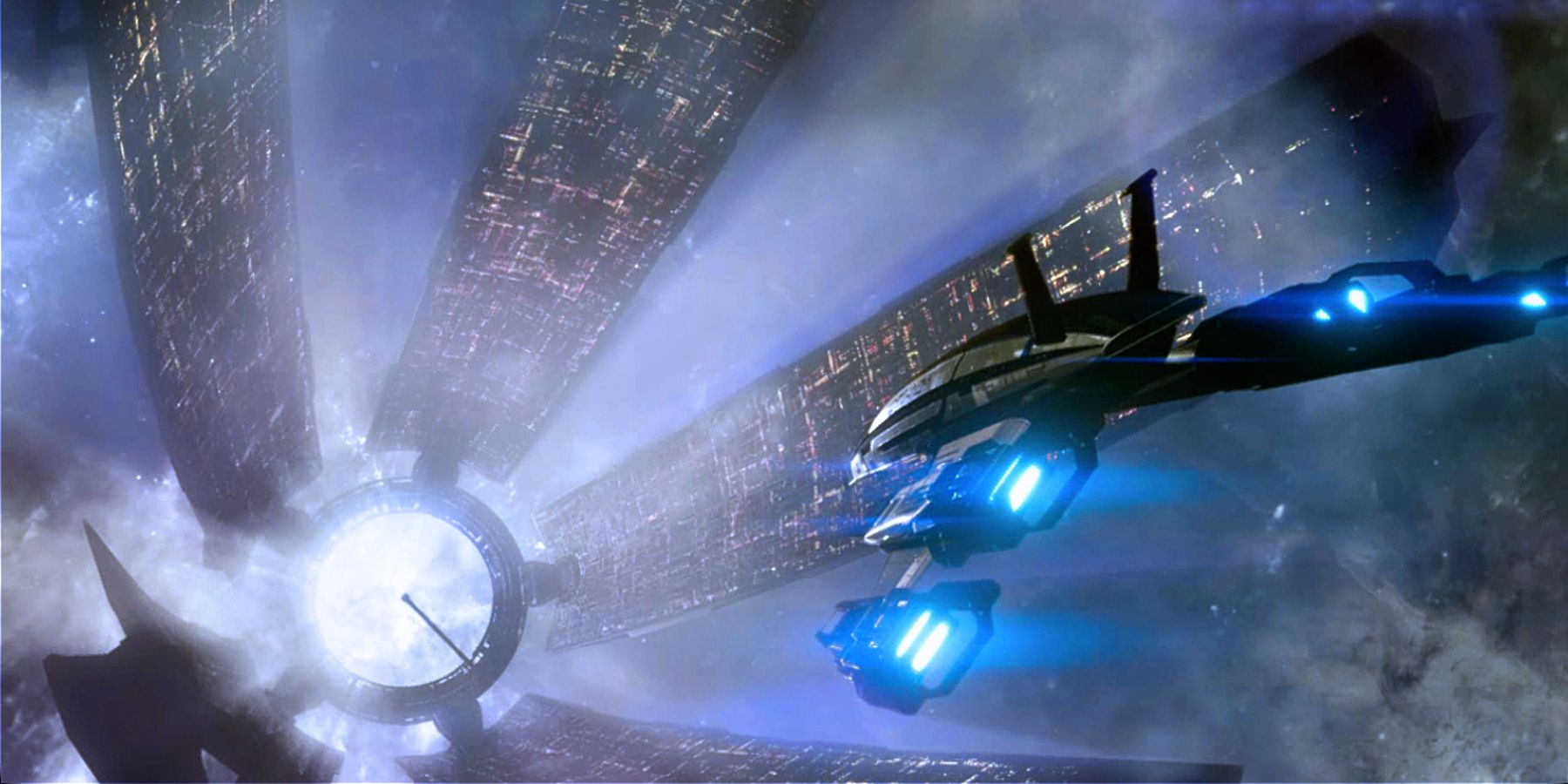The original Mass Effect trilogy is among the most fondly remembered RPGs of all time, largely in part due to its expansive universe, and the characters that reside in it. Over the course of three games, Mass Effect manages to flesh out its universe in subtle and interesting ways, eventually forming a Milky Way galaxy that is totally different from its real-world counterpart, but definitively memorable.
With a new Mass Effect game confirmed to be in development, speculation is running rampant on whether or not players will return to the Milky Way, just how far in the future the game will take place, and what state the galaxy will be in at that time. After all, the original Mass Effect trilogy could leave the galaxy in one of four states, depending on the player's final choice.
A Brief Timeline Of Mass Effect's Milky Way Galaxy
As can be expected from a sprawling sci-fi epic like Mass Effect, the games' universe has a long and detailed history, with its mysterious roots dating back to over a billion years before the "Common Era" (when the Council of the Citadel was formed). The Milky Way galaxy's "Prehistoric Era" sees a species known as the Leviathans have supremacy over space. The Leviathans' hubris led them to create a vastly intelligent form of AI simply called the "Intelligence," in an attempt to harvest and store all organic life in the galaxy.
Eventually, the Intelligence turned on its Leviathan creators, wiping them out, and using their harvested organic matter to create the first Reaper. The Intelligence, now in control of an enormous Reaper armada, begins to harvest all intelligent organic matter across the galaxy. Thus begins a cycle of wiping out civilizations, allowing living things to rebuild societies from the ground-up, before harvesting them again once they have reached a suitable level of intelligence. To speed this process up, the Intelligence builds Mass Relays across the galaxy, which allows civilizations to advance their technology faster, which in turn, means that the harvest can take place sooner, and more often.
Since much of the Mass Effect timeline is still unaccounted for, there are quite a few gaps that can span thousands, if not hundreds of thousands of years. Hence, the next major event in the Milky Way galaxy occurs almost a billion years later, in the year 68,000 BCE (before Common Era) where the Protheans establish a galaxy-wide empire to combat an unknown synthetic force.
20,000 years later, the Prothean Empire falls, with the Reapers coming to harvest the galaxy once more, and gradually wiping out every intelligent organic race planet by planet, until the harvest is complete. Around 40,000 years later, the Asari alien race stumble upon the Mass Relays, and use its technology to advance their own, eventually developing spaceflight technology and using it to reach the Citadel (the Prothean Empire's original capital).
A few decades later, the Salarians do the same, and open peace talks with the Asari. From this union, the Citadel Council is formed, and over the next few hundred years, various races from across the galaxy join the Council in one form or another, providing their own unique resources and expertise to grow the Milky Way galaxy together.
An arachnid hive-mind species known as the Rachni uses a dormant Mass Relay to reach the Citadel, and begins to wage war throughout the galaxy. To help defend their worlds, the Council enlists the help of the Krogans, who defeat the Rachni forces and begin expanding throughout the galaxy. However, due to their combat proficiency, the Krogans aren't trusted amongst the Council, so a special task force is created to keep a watchful eye on the species. Members of this task force are known as Spectres.
As the Krogans begin to rise up, the Council look to the Turians for combat aid. The Turians become the predominant military force for the Council, and unleash biological weapons on the Krogans, which sterilises much of the species.
A few thousand years later, humans attempt to revive a dormant Mass Relay, which is forbidden by the Council since the Rachni wars. The Turians begin a small-scale conflict with the humans, and prepare for war, but the Council decides to offer humanity a place alongside them.
How The Events of The Mass Effect Trilogy Shaped The Galaxy
In just under 30 years, humanity spreads across the galaxy, all the while maintaining a close connection with the Council. In the year 2183 CE, the colony Eden Prime is attacked by the Geth, being led by a turncoat Turian Spectre named Saren. Commander Shepard and the crew of the Normandy discover a plot to release the Reapers upon the Milky Way once more, but Saren's plans are thwarted during a battle at the Citadel.
A month later, the Normandy is attacked by a mysterious race of aliens known as The Collectors, and Shepard is killed in the process. Cerberus, a shady and secretive human organization, revives Shepard, and tasks them with saving the galaxy from the Collectors. After a daring suicide mission, Shepard and their crew defeat The Collectors, who were being controlled by Reaper forces.
A few months later, at the Alpha Mass Relay, Dr. Kenson and her team of scientists discover that a Reaper invasion is imminent, and decide to destroy the Relay to detour the Reapers. With some help from Shepard, the Alpha Relay is destroyed, and the Reapers' invasion is presumably delayed.
Just six months later, the Reapers appear above Earth, and lay waste to the planet's surface. Commander Shepard is tasked by the Council to stop the Reapers, at all cost. Shepard frantically flies around the Milky Way in an attempt to unite all of the alien races for one final stand against the Reapers, and discovers an ancient Prothean superweapon called "The Crucible," which can be used against the Reapers. During the final battle, Shepard is forced to make a choice that changes the state of the galaxy forever.
The first outcome sees Shepard using the Crucible to eliminate all Synthetic life across the galaxy, which would kill all Geth and other artificial life, but presumably stop the Reaper threat. The second, and much more unclear option, sees Shepard fusing all organic and synthetic life together, creating artificial-organic hybrid civilizations. The final option sees Shepard follow the Illusive Man's plan to take control of the Reapers with the Crucible, losing their physical form in the process and becoming a form of sentient spirit that is now in control of the Reaper armada.
Based on the tiny glimpse seen in the new Mass Effect trailer, it's still unclear as to which ending is the canon one. However, it seems fair to say that regardless of which outcome becomes canon, the Milky Way galaxy is not going to be the same one players have become used to.
Mass Effect: Legendary Edition is available now on PC, PS4, and Xbox One.

